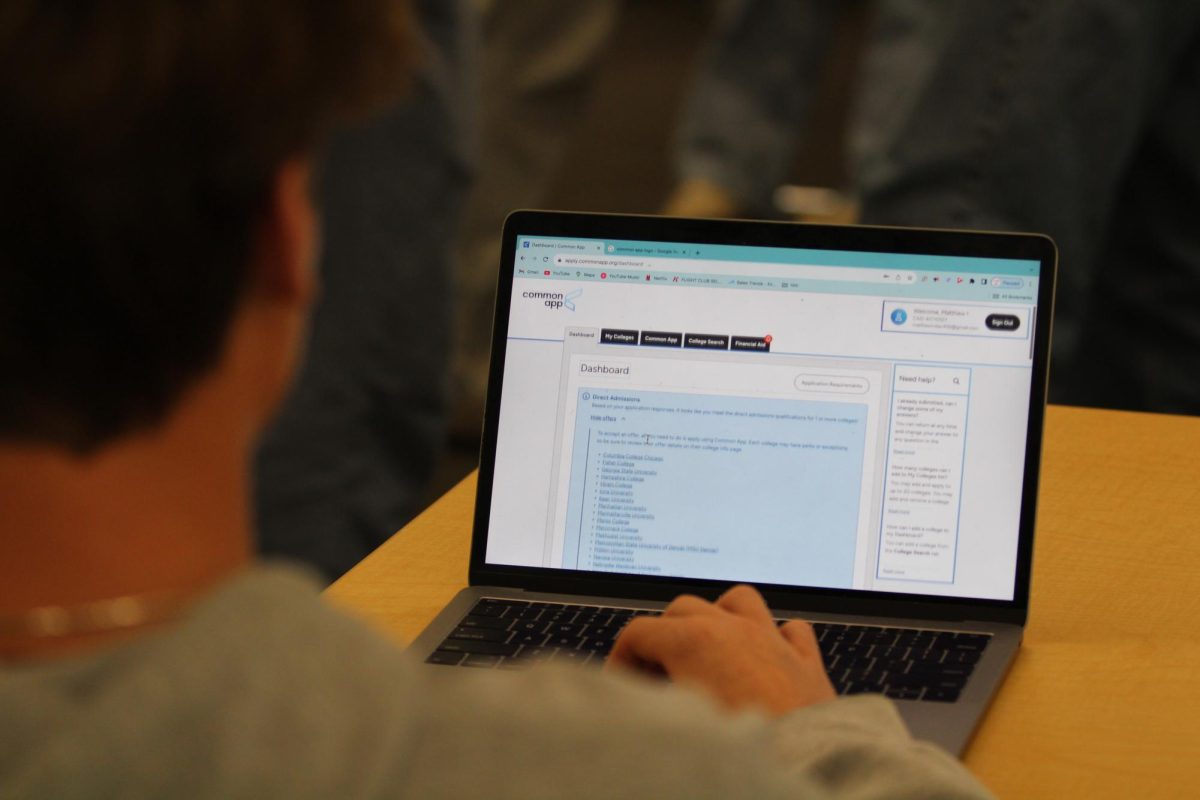The sound of 33 engines igniting simultaneously just after 5 a.m. Pacific Time on Saturday, Nov. 18 signaled the second launch of SpaceX’s Starship rocket from its Starbase in Boca Chica, Texas. Two and a half minutes after the manless mission lifted off, the Starship rocket separated from its heavy booster precisely as planned. However, subsequent events took an unexpected turn as the booster spun out of control and exploded over the Gulf of Mexico. About nine minutes later, SpaceX lost Starship’s video signal and soon afterwards the company intentionally destroyed the rocket while it was over the ocean.

SpaceX had planned a 90-minute flight in which the rocket was supposed to almost reach Earth’s orbit and travel part way around the planet before splashing down off Hawaii. It had hoped to guide the super heavy booster to a controlled splashdown in the ocean as well. While neither of these outcomes occurred, the flight demonstrated considerable progress since Spacex’s first Starship launch in April 2023.
During the earlier launch, the launch pad sustained substantial damage, not all the engines ignited as intended, and the Starship failed to separate from the Super Heavy booster. Fires also compromised the rocket’s steering. In contrast, today’s flight demonstrated improved performance by avoiding these issues and having a flight time more than twice as long as in April.
SpaceX views each launch as an opportunity to gather valuable data for refining its technology. Following Saturday’s launch, SpaceX emphasized the importance of learning from its experience to enhance Starship’s engineering. Kate Tice, SpaceX’s quality engineering manager, highlighted the significance of the data gathered during the launch.

“With a test like this, success comes from what we learn, and today’s test will help us improve Starship’s reliability as SpaceX seeks to make life multiplanetary,” Tice said
Before embarking on a third launch, SpaceX’s engineers will need to investigate the cause of the super heavy booster’s “rapid unscheduled disassembly” and address communication issues with the Starship rocket. Tice expressed the team’s commitment to utilizing the data gathered to enhance the hot staging sequence and improve hardware for future flights.
SpaceX’s overarching goal is to employ Starships for manned and cargo missions to the Moon and Mars. NASA has already invested significantly in this vision, entering into contracts totaling $4 billion with SpaceX in 2021 and 2022 to transport astronauts to the moon using Starship by 2030. Despite the recent challenges, SpaceX remains steadfast in its pursuit of pushing the boundaries of space exploration.






